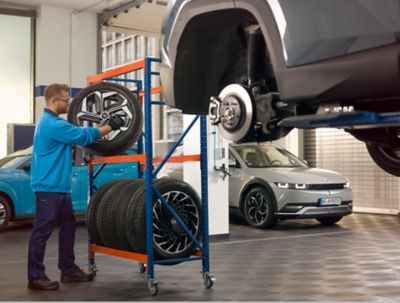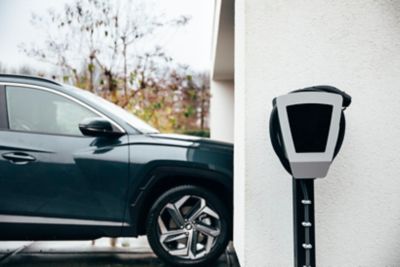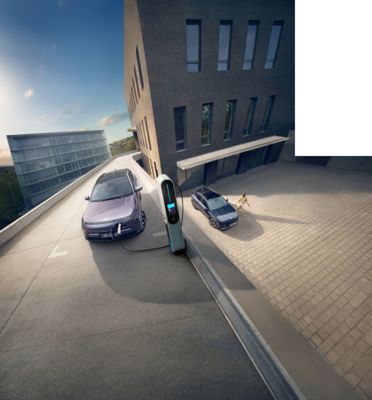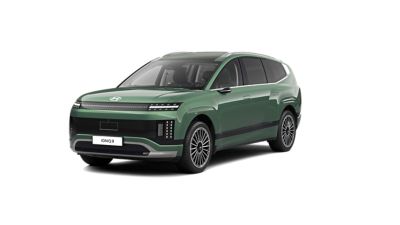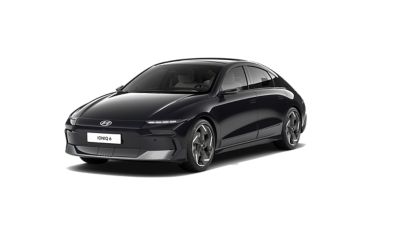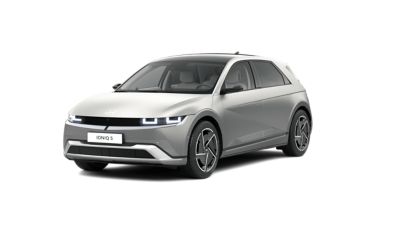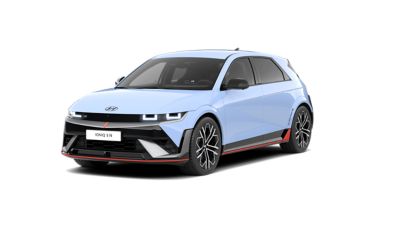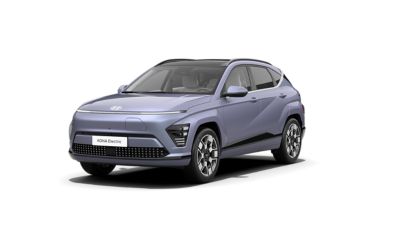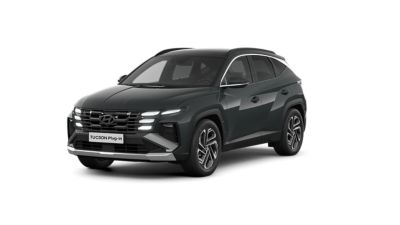Saving money by going electric.
While the environmental benefits of zero tailpipe emissions are clear, there’s also a financial upside. Although the initial purchase price of an EV is typically higher than a traditional car, you may pay less on charging, maintenance and taxes. Find out more below.
Charging Costs
Charging at home and on the road.
Average costs per 100 km
Compare the different fuel and electricity prices per 100 km (in Euro).a
a Costs based on the following models:
- Petrol: KONA 1.6 T-GDI, 7-DCT, 146 kW (198 PS), 4WD with a combined Worldwide Harmonised Light Vehicle Test Procedure (WLTP) consumption of 7,4 l/100km at a fuel price of 1.70 Euro/l
- Diesel: KONA 1.6 CRDi, 7-DCT, 100 kW (136 PS), 4WD with a combined WLTP consumption of 5,6 l/100km at a diesel price of 1.50 Euro/l
- EV Charging (home): KONA EV 64 kWh battery, 150 kW (204 PS) with a combined WLTP consumption of 14.7 kWh/100km at an average electricity price for european households of 0.2474 Euro/kWh
- EV Charging (road): KONA EV 64 kWh battery, 150 kW (204 PS) with a combined WLTP consumption of 14.7 kWh/100 km at an average electricity price of 0.6 Euro/kWh based on IONITY and Charge myHyundai (AC charging: 0.45 Euro/kWh, DC charging: 0.56 Euro/kWh, HPC charging: 0.79 Euro/kWh)
Wallbox
Costs for installing a wallbox.

These are the typical costs for wallbox installation:
- Hardware = between 500 and 2500 Euro
- Installation = between 800 and 1000 Euro
If that feels like a lot, don't worry many countries and regions have government grants and tax breaks available for private charging-stations.
Maintenance
Maintenance costs.
Incentives
Financial incentives for going electric.
Long term savings.
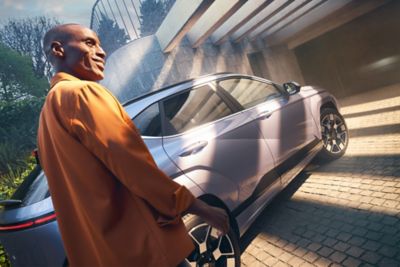
Discover more about our electric vehicles.
Discover our electrified vehicles.
*Range shown is according to WLTP combined cycle. Driving range may vary slightly depending on road conditions, your driving style and the temperature. It is also is dependent on the type of tyres equipped. Technical data not final.
** Charging time is based on charging with on 32A wallbox and 3.3 kW OBC. Charging times may vary depending on available charging conditions, including charger type and condition, battery temperature and ambient temperature at point of use.
*** This model is not yet available for sale. Official technical data and range of this model are pending final homologation.



